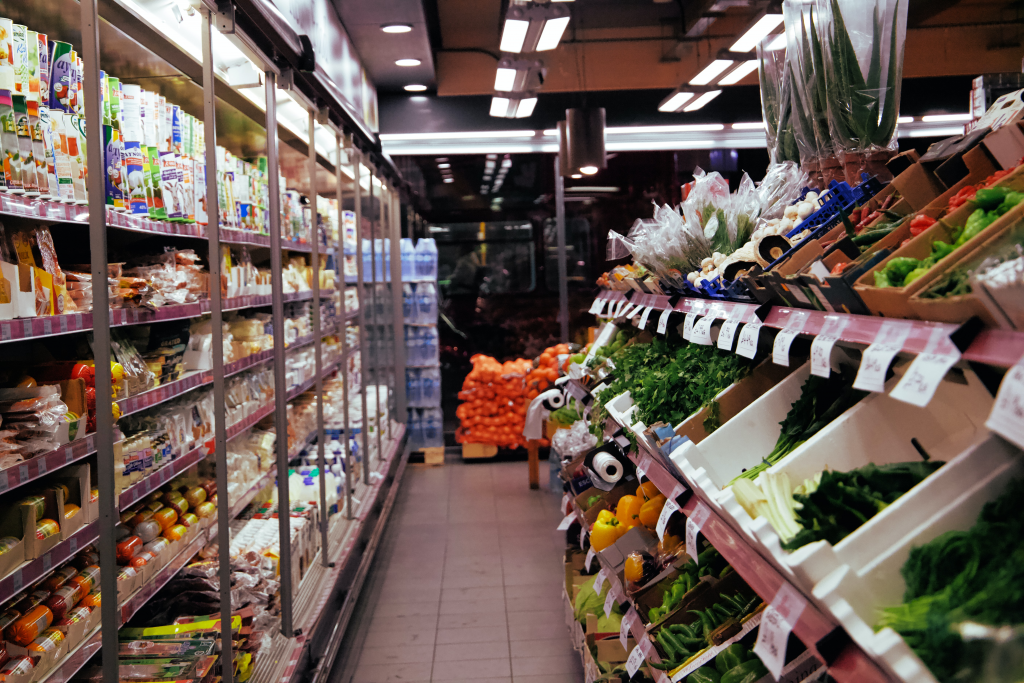We are living in an unprecedented time. COVID-19 has brought unplanned stress, new challenges, and extra caution to our personal and professional lives. It has also sparked a heightened sense of community. Whether it’s a newfound appreciation for hopping on a call with coworkers, an opportunity to go the extra mile for a customer, or the privilege to give back to those in need, it has definitely been a silver lining in all of this.
As most of us are still adjusting to the changes COVID-19 has brought to our daily routines, many nonprofits had no time to regroup and more demand than ever. Food banks are being hit especially hard by this pandemic. On top of sustaining normal duties, they have been going above and beyond to support families impacted by loss of jobs, illness, and school closures.
Every day, there are millions of children and adults across our communities who do not get the proper meals they need. This issue has only increased amidst COVID-19. People are being quarantined, grocery stores have limited supplies, businesses are closing, and schools are being cancelled. For some children, school provided the only consistent meal source they had. In an effort to help out and put meals on the table, food banks are collecting and sanitarily delivering food door to door, to vehicles, and to those lining up around the block.
The demand for food is increasing at an extraordinary rate as both donated food and volunteer workers are declining. In Omaha, NE, a food bank that normally serves 100 people a day, saw almost 900 extras within 24 hours, according to The New York Times. At the Greater Pittsburgh Community Food Bank, the line of people waiting for food stretched miles-long and they served 800 cars that day. Grocery stores that were able to donate extra food and supplies to food, are no longer able to with people sweeping out the aisles of anything they can get their hands on.
“A variety of factors impact how food banks work, from the size of the facility to the number of staff members. But, one thing all food banks have in common is that they rely on donors and volunteers to carry out their day-to-day operations,” according to the Food Bank of Iowa. Their typical volunteers are the newly retired population, but these individuals are now staying home for their own health and safety.
One way LightEdge is lending a hand during these trying times is by donating to the Food Banks and Reconciliation Services in each of our local markets. So far, we’ve been able to donate 30,987 meals to Thelma’s Kitchen in Kansas City, Food Bank of Iowa in Des Moines, Food Bank for the Heartland in Omaha, Food Bank of Central & Eastern North Carolina in Raleigh, and Central Texas Food Bank in Austin.
Donations build healthier communities. If you are interested in providing meals for hungry families in your area, you can locate your local community food bank here.




